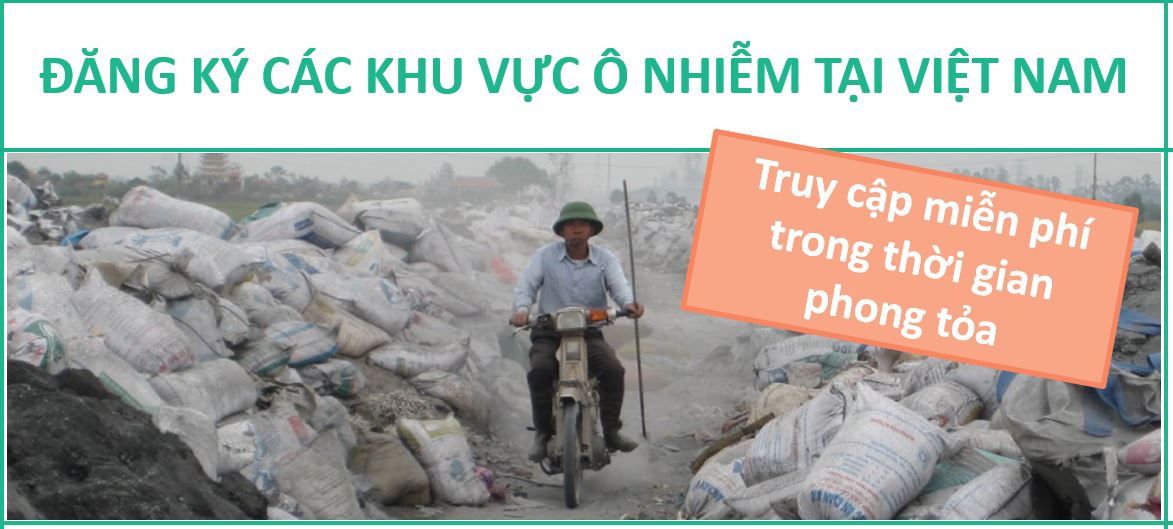ỨNG DỤNG DỮ LIỆU VIỄN THÁM THEO DÕI SỰ PHÂN BỐ KHÔNG GIAN HẠT BỤI MỊN PM2.5 TẠI THÀNH PHỐ HỒ CHÍ MINH BẰNG NỀN TẢNG GOOGLE EARTH ENGINE
Lê Thiên Bảo1, Nguyễn Trọng Nhân1
[1]Khoa Trắc địa, Bản đồ và Thông tin Địa lý,Trường Đại học Tài nguyên và Môi trường TP. HCM
*Email: ltbao@hcmunre.edu.vn; ntnhan@hcmunre.edu.vn
TÓM TẮT
Google Earth Engine (GEE) là một ứng dụng dựa trên nền tảng điện toán đám mây không chỉ có sức mạnh xử lý, phân tích dữ liệu lớn mà còn hỗ trợ người dùng truy cập trực tuyến kho dữ liệu ảnh viễn thám miễn phí. Bài báo đã sử dụng nền tảng GEE để theo dõi sự phân bố không gian của hạt bụi mịn PM2.5 tại một số quận trên địa bàn thành phố Hồ Chí Minh vào mùa khô bằng mô hình hồi quy tuyến tính đa biến giữa giá trị phản xạ khí quyển trên ảnh Sentinel 2 và nồng độ bụi PM2.5 (µg/m3) đo được tại các trạm quan trắc. Kết quả cho thấy, mô hình hồi quy có 5 biến độc lập tương ứng với các kênh trong dải nhìn thấy và cận hồng ngoại với hệ số xác định R2 = 0.777, là một trong những mô hình tốt nhất để giám sát phân bố không gian nồng độ hạt bụi mịn PM2.5. Bên cạnh đó, GEE còn hỗ trợ xây dựng giao diện WEBGIS để theo dõi phân bố nồng độ bụi PM2.5.
Từ khóa: Bụi mịn PM2.5, Google Earth Engine, hồi quy tuyến tính, NDVI, Sentinel 2.
SUMMARY
Applications data of remote sensing to monitoring the spatial distribution
of dust PM2.5 in Ho Chi Minh city by Google Earth Engine
Le Thien Bao1, Nguyen Trong Nhan1
1Ho Chi Minh City University of Natural Resources and Environment
Google Earth Engine (GEE) is a cloud-based application that not only has the power to process and analyze big data, but also supports users to access remote sensing data for free. With this convenience and usefulness, the article used this platform to monitor the spatial distribution of dust PM2.5 in districts of Ho Chi Minh City during the dry season in a period time 2020 – 2021 with images Sentinel 2. A multivariable linear regression model between value atmospheric reflectance and concentration of dust PM2.5 (µg/m3) was established to monitor dust PM2.5. The results show that the linear regression model, including 5 independent variables, is suitable for the image bands and the near infrared channel with the coefficient of determination R2 = 0.777, is one of the best models to monitor and track the spatial distribution of dust PM2.5 in the dry season in Ho Chi Minh City. In addition, GEE also supports building the WEBGIS interface (or Earth Engine Apps) to monitor the distribution of PM2.5 dust concentration in Ho Chi Minh City.
Keywords: Dust PM2.5, Google Earth Engine, Linear Regression, NDVI, Sentinel 2.
Người phản biện: PGS.TS. Cao Việt Hà
Email: cvha@vnua.edu.vn; cvhahua@gmail.com
Ngày nhận bài: 12/8/2022
Ngày thông qua phản biện: 29/9/2022
Ngày duyệt đăng: 17/10/2022
 Tạp chí
Tạp chí




